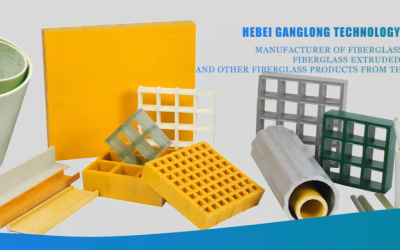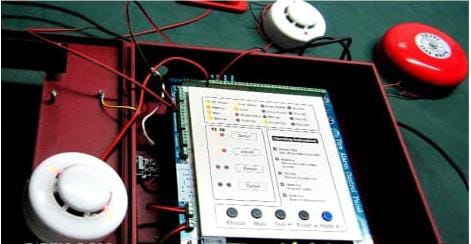Fire alarm technology has evolved significantly over the years, with innovations aimed at improving detection accuracy, response times, and overall reliability. These advancements not only enhance fire safety measures but also provide building occupants and emergency responders with better tools to mitigate fire-related risks. Here are five key advances in fire alarm technology that you should be aware of, including the importance of obtaining a Fire Alarm Certificate to ensure compliance and safety standards are met.
1. Addressable Fire Alarm Systems
Addressable fire alarm systems represent a significant advancement over conventional systems. Unlike traditional systems that only provide a general location of an alarm, addressable systems pinpoint the exact location of a triggered detector or device. Each detector or device has a unique address, allowing the control panel to identify the precise location of the fire or fault. This capability enables faster response times and more efficient evacuation procedures, enhancing overall safety within buildings.
2. Multi-Criteria Detectors
Multi-criteria detectors integrate multiple sensing technologies to improve fire detection accuracy and reduce false alarms. These detectors can combine smoke detection with heat detection or other parameters such as carbon monoxide levels or humidity. By analyzing multiple environmental factors simultaneously, multi-criteria detectors provide a more comprehensive assessment of potential fire conditions. This technology helps differentiate between real threats and benign environmental changes, minimizing disruptions caused by false alarms.
3. Wireless Fire Alarm Systems
Wireless fire alarm systems offer flexibility and ease of installation compared to traditional wired systems. These systems use radio frequency (RF) communication to link detectors, control panels, and other devices without the need for complex wiring. Wireless technology eliminates the challenges associated with running cables through existing buildings or during renovations. It also allows for quick scalability and adaptation to changing building layouts or occupancy needs. Despite their wireless nature, these systems maintain robust reliability and compliance with fire safety standards.
4. Integration with Building Management Systems (BMS)
Integration of fire alarm systems with Building Management Systems (BMS) enhances overall building safety and operational efficiency. BMS platforms can monitor and control various building systems, including HVAC, lighting, and security. By integrating fire alarm systems with BMS, building operators gain centralized monitoring and management capabilities. This integration enables automated responses to fire events, such as activating ventilation systems to control smoke spread or adjusting lighting to guide evacuees to safety exits. It also facilitates real-time data analysis and reporting for better decision-making and compliance monitoring.
5. Advanced Notification and Communication
Modern fire alarm systems incorporate advanced notification and communication features to enhance emergency response efforts. These systems can deliver alerts through multiple channels, including audible alarms, visual indicators, text messages, and voice evacuation systems. Integration with mobile devices and smart technologies allows for remote monitoring and alerts, enabling faster notification of building occupants and emergency responders. Some systems also support two-way communication, enabling occupants to confirm their status or provide additional information to responders during an emergency.
Conclusion
Advancements in fire alarm technology continue to improve fire safety standards and emergency response capabilities in buildings of all types. Addressable systems, multi-criteria detectors, wireless solutions, integration with BMS, and advanced notification features represent significant strides in enhancing detection accuracy, response times, and overall reliability. By staying informed about these advances, building owners, managers, and occupants can make informed decisions to enhance fire safety and protect lives and property. Embracing these technologies not only meets regulatory requirements but also ensures a safer and more secure built environment for everyone, with support from London Property Inspections for comprehensive landlord safety certificates If you want to stay updated with posts like this, please follow us on TECH PREDIVT.








